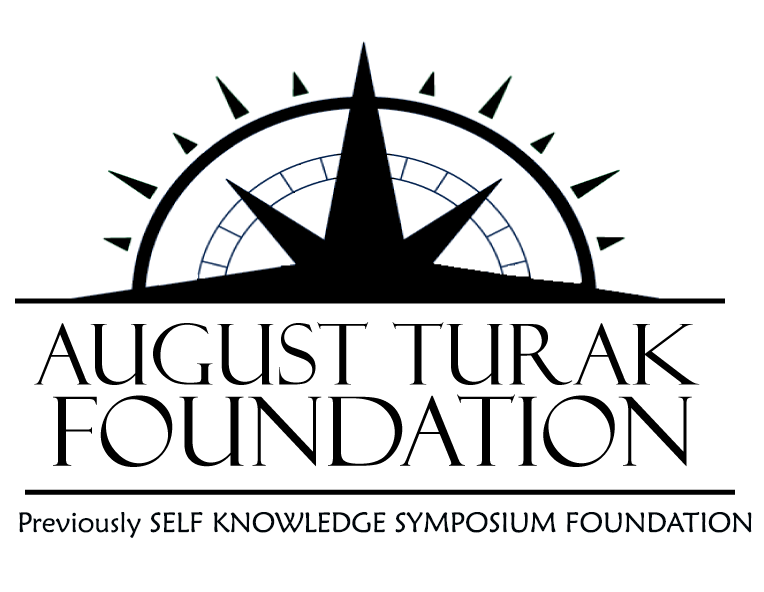The one key trait that all leaders share is their absolute commitment to what they are doing, why they are doing it, and to the people helping them get there.
In 1985 I became the vice president of marketing for a privately held, family run, cable television operator that owned 20 cable systems across several states. Anxious to drive revenue, I put together a crack crew of “door busters;” door to door salesmen with names like Paul “The Hammer” Rotstein and Joe “Closin’ Joe” Scalise. These guys cut their teeth selling baby pictures door to door, and to a man they had that ineffable capacity to, as they liked to put it, “leave the women crying and the men signing checks.” These guys were so good that I was afraid to take their calls for fear they’d leave me crying as I doubled their commissions.

I instituted a bonus system and watched with fascination as these “closers” competed for the highest bonus and the distinction of being the number one salesman. Then one week a mysterious name appeared at the top of the list: Claire Froehly. At first, I considered it an anomaly, but Claire continued to top the charts week after week. Not to put too fine a point on it, Claire was not just consistently beating Closin’ Joe, The Hammer, and their equally colorful brethren, she was murdering them. Doing what sales management inevitably does I continually raised the bonus bar, but no matter how high it got Claire consistently blew through it.
I flew into Pittsburgh just to meet this wonder woman. I can’t exactly say what I was expecting, but it certainly was not the person I met. Claire was a 21-year-old girl; a high school educated former waitress working her first “real job.” Petite and a bit shy, as we chatted the only thing that struck me as extraordinary about her was that there didn’t seem to be a darn thing extraordinary about her.
Finally, I asked the question I’d flown in to ask: What was the secret to her amazing numbers? Why was she beating dozens of guys twice her age with a million times her experience?

“It’s my card,” she said.
Reaching for her handbag she fished out a well creased index card and handed it to me. There in all caps was written, “I WILL BUY MY DREAM HOUSE IN THREE YEARS WITH CASH.”
By the time I handed it back her shy young girl persona had utterly disappeared.
“Just before I knock on a door, I look at my card,” she said her eyes flashing. “When I’m rejected and depressed, I read my card. When I’m dead tired and the other reps have quit for the day, I just pull out my card and keep going. I’ll work Saturdays, Sundays, holidays, it doesn’t matter. And just so you know,” she finished fiercely, “it doesn’t matter how high you make the bonus, my name will be on the check.”
Three years later Claire invited me to the lovely new house she bought with the cash she made bustin’ doors. We stayed in touch for several years after that, and the last I heard she was the regional vice president of sales for a Fortune 500 company at the ripe old age of 29….
* * *
I got my start selling 3M copy machines in Boston in 1975. One day my boss, Kevin Moriarty, handed me a sheet of paper that contained “everything you need to know about being successful.” I lost my sales trophies long ago, but I’ve held on to that piece of paper with its quote from W.H Murray just as fiercely as Claire Froehly held on to her battered index card.
“Until one is committed, there is hesitancy, the chance to draw back, always ineffectiveness concerning all acts of initiative and creation. There is one elementary truth, the ignorance of which kills countless ideas and splendid plans; that the moment one definitely commits oneself, then providence moves too. All sorts of things occur to help one that would never otherwise have occurred. A whole stream of events issues from the decision raising in one’s favor all manner of unforeseen events, meetings, and material assistance which no one could have dreamed would have come their way…”
There are many traits that mark great leadership, but all great leaders share an absolute commitment to what they are doing, why they are doing it, and to the people that are helping them get there. It was not the words scrawled on an index card that were the secret to Claire’s success. It was her commitment to those words: her willingness to put her back against the wall, stick out her neck, go all in, and put everything on the line. While most of us live in the comforting and comfortable world of both/and, for Claire there was only the scorched earth of either/or.
Commitment has become unfashionable. Marriage without a “pre-nup” is the height of folly, and it is the rare women’s magazine that doesn’t have at least one article dedicated to “commitment phobia” among men. One wag recently opined that it is now easier to get out of your marriage than it is to get out of your car payment. We all want an “exit plan,” a “plan B,” a “fallback position,” and “options.” We are all going to get rich while keeping our day jobs and “hedging your bets” is the new definition of prudence. A colleague summed it up, “I never make a commitment I can’t get out of. I never want a problem so big I can’t run away from it.”
But while there are times to hedge and times to compassionately let others off the hook, commitment phobia destroys the magic that Murray so eloquently describes. A life of both/and robs us of the creative fire that only a total commitment can elicit. Maximum motivation arises from the pull of inspiration and the push of desperation, and when we constantly hedge, we short circuit the push that only a back against the wall mentality can produce. Samuel Johnson said that the knowledge of one’s imminent execution wonderfully focuses the mind, and the same is true for commitment.
Continual hedging damns us to a life of one foot on the gas and another on the brake, and when our marriage, business or project fails we never know whether we were wise to hedge or whether we failed because we hedged. In stock market investing there is a term called a Mongolian Hedge. A Mongolian Hedge describes a position that is so well hedged that the investor can neither make nor lose money. Money trapped in a Mongolian Hedge is “dead money,” and all too often that is where we find ourselves in life. What looked like the smart hedge and safe bet devolves into that spiritually dead existence so aptly described as a “rut.”
We all long to know just how it would feel to be utterly committed to something worth doing. We long to know what it would be like to find ourselves in a situation that calls forth or better said, demands everything that is best in us. Something that awakens all that sleeping potential we all know is there. It is not the failure to succeed that produces despair. It is the failure to try. Failure is living your entire life without ever finding anything worth committing your heart and soul to regardless of how it may turn out. Failure is never experiencing that feeling of self-transcendence that only takes place when we are finally “all in.”
But success in business and life is not the most important benefit that commitment bestows. Woven between the lines of Murray’s quote is a spiritual message. He speaks of “providence” and “magic:” something almost supernatural that the religiously inclined might call grace coming to our aid.
Murray touches on this supernatural theme yet again at the end of his piece on commitment, “I have learned a deep respect for one of Goethe’s couplets: ‘Whatever you can do or dream you can, begin it. Boldness has genius, power, and magic in it.’”
I sincerely doubt that Claire Froehly had ever heard of Murray let alone Goethe, but that didn’t stop her from making their magical lesson her own and providing me with an inspirational example I will never forget…
AUGUST TURAK is a successful corporate executive, entrepreneur, award-winning author, speaker, and consultant. He is the founder of the educational nonprofit the August Turak Foundation. Turak writes and raises cattle on his seventy-five-acre cattle farm near Raleigh, NC.
